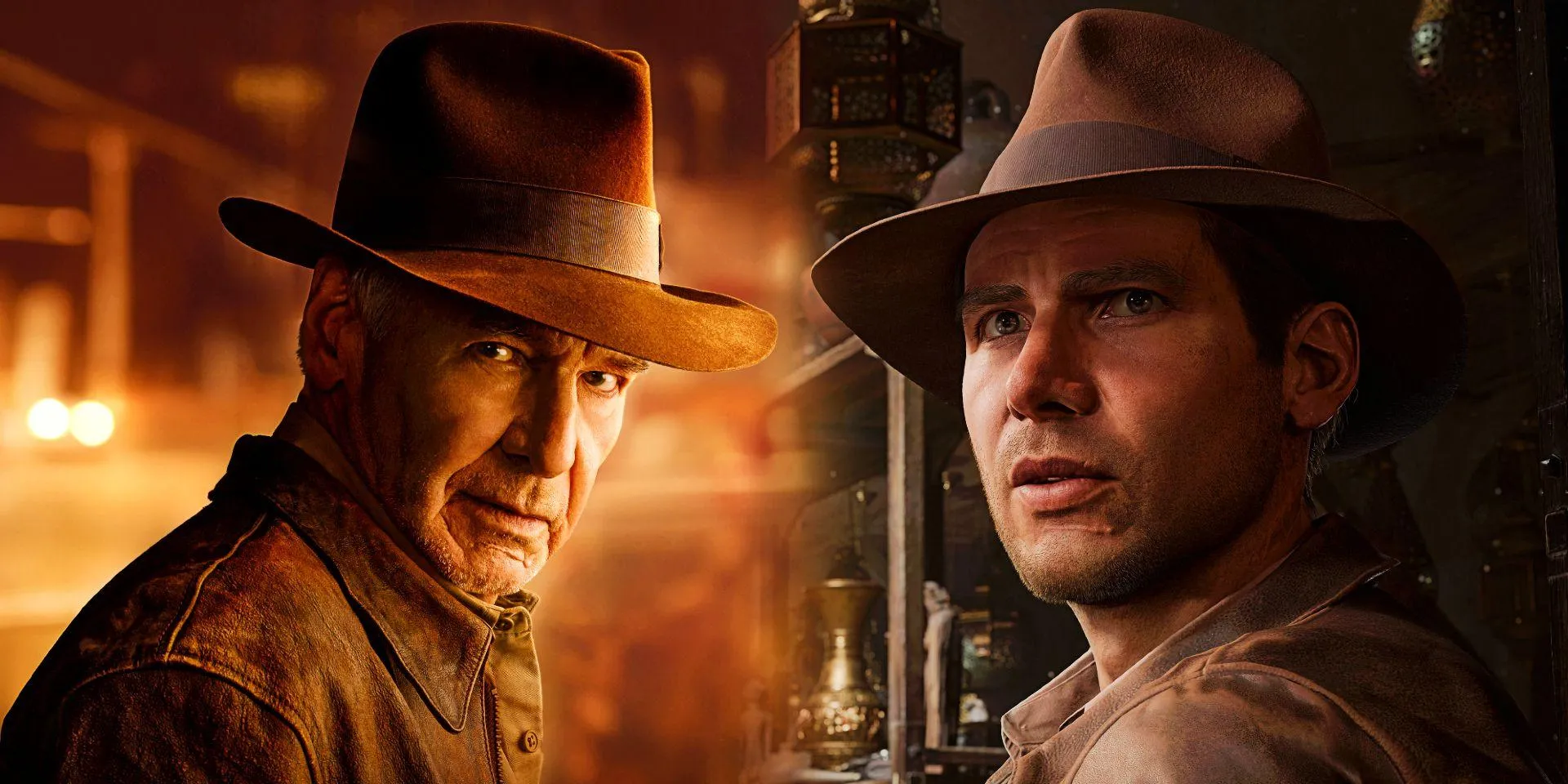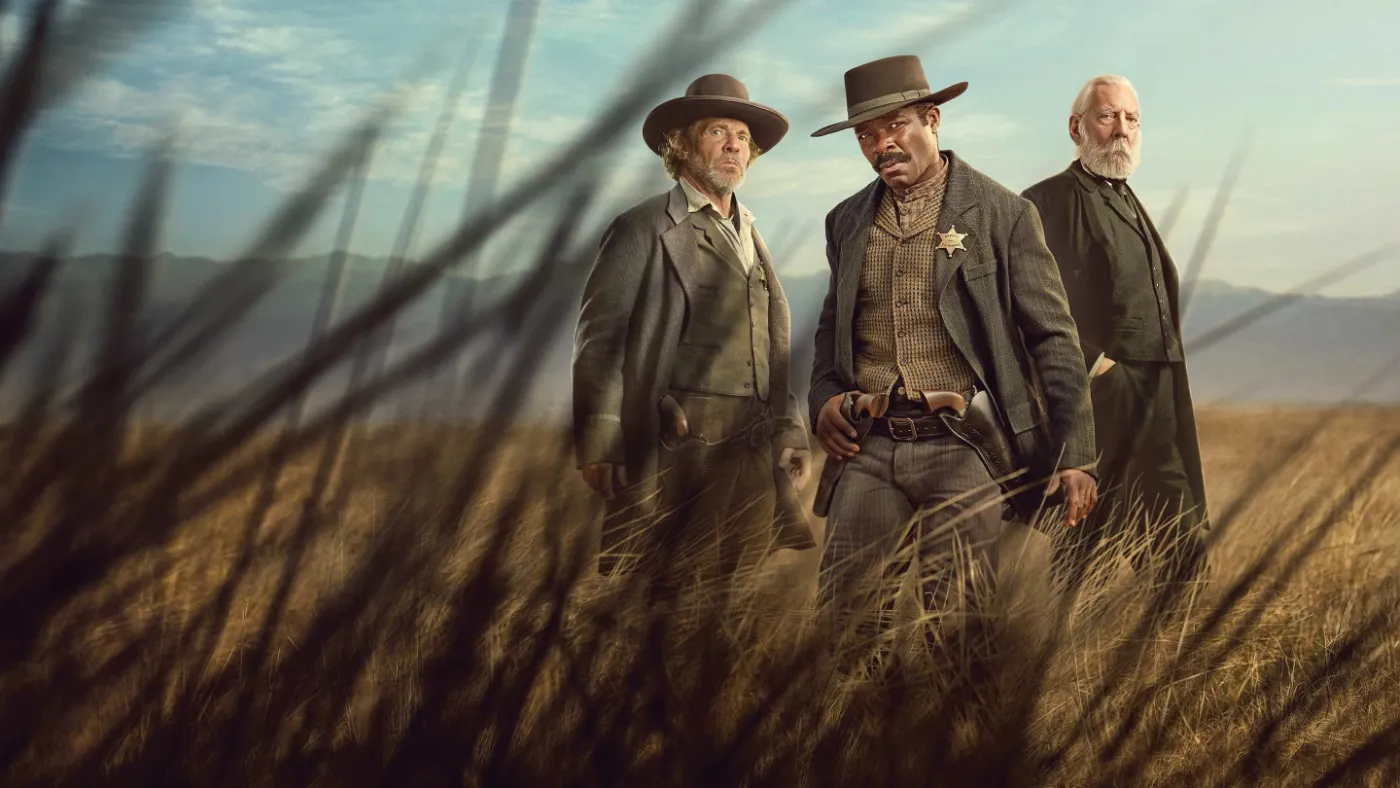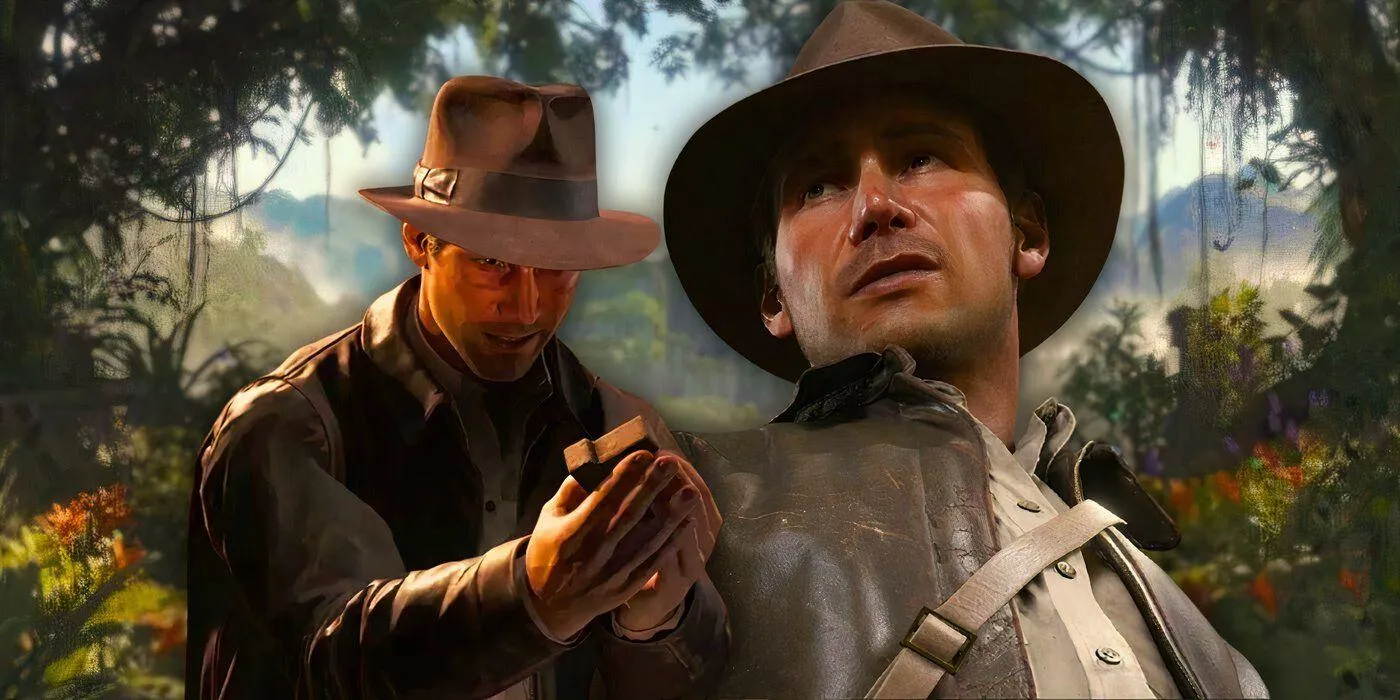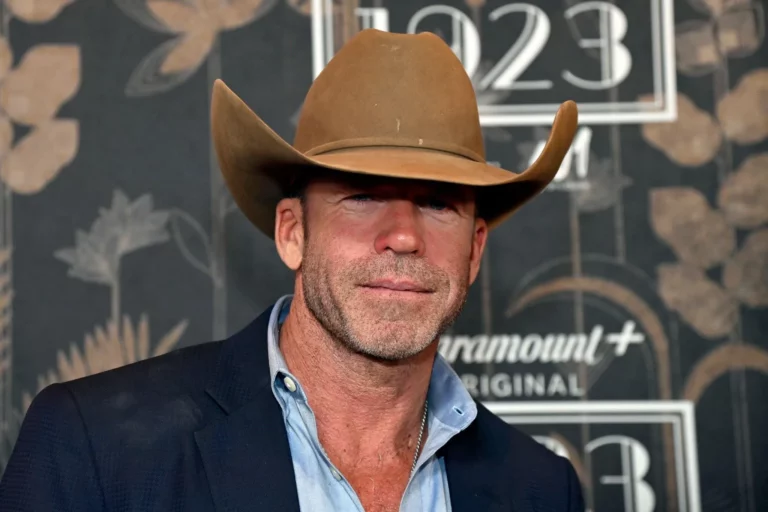In the world of modern television, where visual effects can make or break the immersive experience of a show, Taylor Sheridan’s latest installment in the Yellowstone saga, 1923 Season 2, faces significant backlash. Critiques are not shy from pointing out the overly “cartoonish” CGI, which starkly contrasts with the gritty realism that fans have come to expect from Sheridan’s productions.

The use of poorly executed computer-generated imagery, particularly in scenes like the wolf attack on Elizabeth and the mountain lion encounter, has not only distracted viewers but actively detracted from the emotional and suspenseful narrative that 1923 aims to deliver. Such scenes, meant to amplify the harshness of life in the early 20th century, instead leave the audience feeling detached—a far cry from the engaging storytelling Sheridan is known for.
A Misstep or a Misdirection?
Sheridan, a heralded screenwriter and director, has carved a niche for himself with his unflinchingly realistic portrayals of the American West and the darker sides of society, as seen in Yellowstone and Tulsa King. His ability to weave compelling characters into complex, layered narratives has garnered a loyal following. However, the recent departure into less convincing visual territories has sparked concerns over his current creative direction.
Fans and critics alike suggest that the reliance on CGI could be a significant misstep for Sheridan. Instead of enhancing the viewing experience, the unrealistic graphics undermine the believability of the series, prompting calls for a return to more practical effects and camera work that could better serve the story’s needs without sacrificing authenticity.

What Lies Ahead for Taylor Sheridan?
The feedback from 1923 Season 2 poses a crucial juncture for Sheridan: Does he pivot back to the more grounded, intense, and character-driven storytelling that has defined much of his career, or does he continue experimenting with new formats that might not resonate with his audience?
As Sheridan expands his repertoire, the hope among his audience is for him to integrate their feedback and steer back towards the high-quality storytelling he is known for. Maintaining the raw, immersive essence of his narratives without overindulgence in distracting technological enhancements could be key to sustaining his respected status in the competitive landscape of television drama.

In conclusion, while 1923 Season 2 showcases Taylor Sheridan’s ambitious scope, it also serves as a reminder of the delicate balance required between visual spectacle and narrative integrity. For Sheridan, perhaps it’s time to revisit the foundational elements that have consistently drawn viewers into his vividly portrayed worlds—a return to authenticity could be the recalibration needed to keep his legacy from becoming as faded as a poorly rendered CGI scene.
